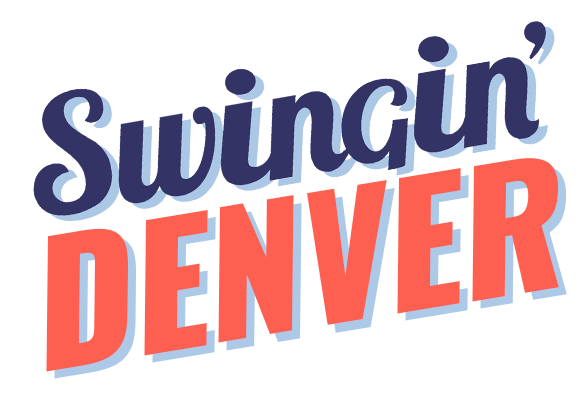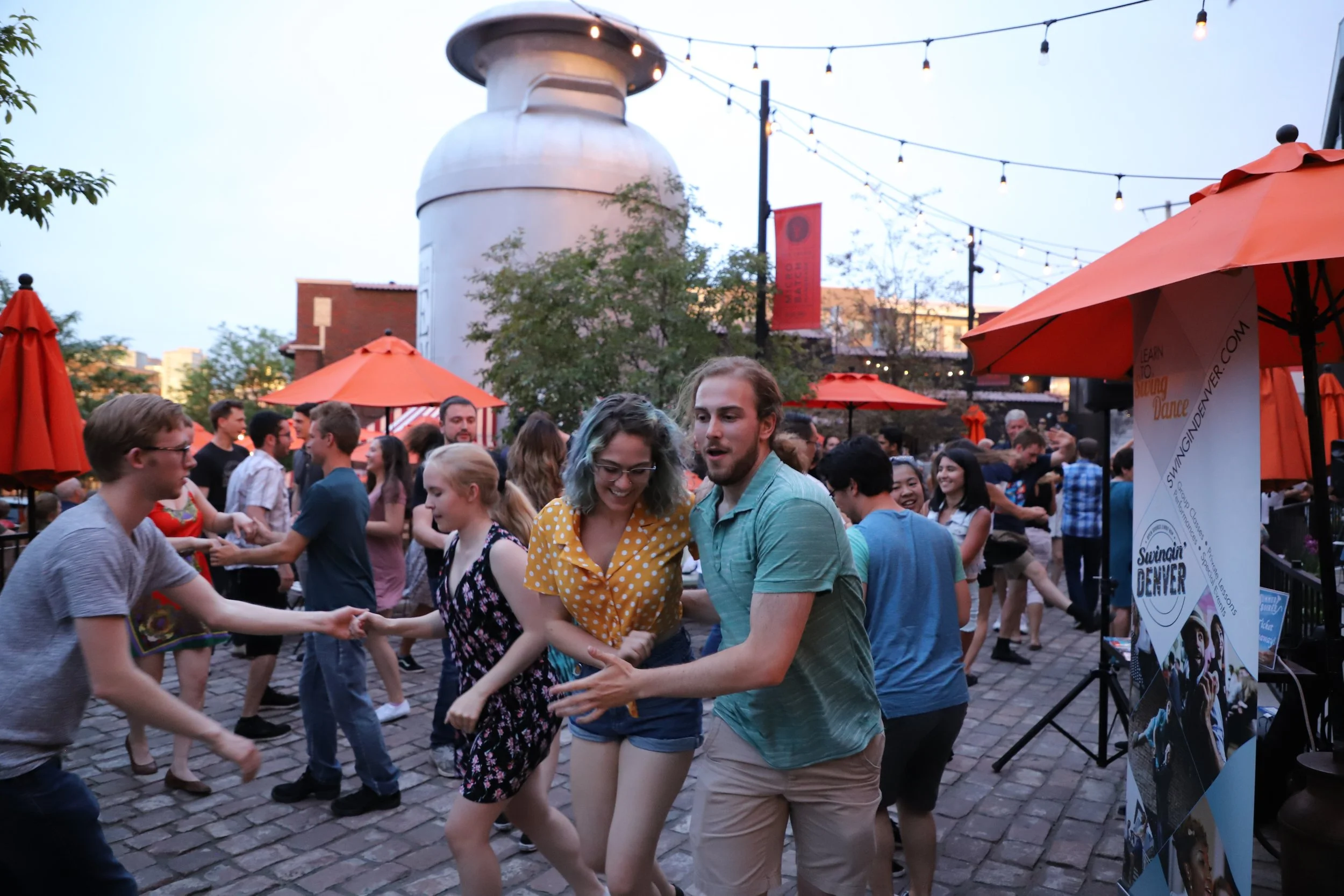Immediately after Lindy Bop happened, I reflected on a moment in class that contrasted strongly with my learning foundation. Vi Bright and I were teaching a nifty little move I learned from Nathan Bugh when learning the team choreography for Montreal Swing Riot 2016 that appears in the Day of the Races clip below.
It’s that lead’s inside turn where the follow ends up going in front like a send out in this particular instance. During class, Vi chose to turn 540° during her path landing in front of me. This threw students for a loop! Leads were like - “I can’t generate the momentum to get my partner to do that rotation while taking care of myself” and follows were like - “I don’t feel that rotation to be able to mimic Vi” which started to lead to people maximizing their effort. And then we said this is a choice Vi is making and that the lead to generate such rotation would be too much and forceful in our opinions. Everyone after this knowledge drop seemed to take this deep sigh of relief and kept creating on the dance floor.
Back when I started taking group swing dance lessons in Overland Park, KS in 1997/1998 (it’s been awhile) I was told that:
I possess or will possess all the tools in my toolbox to lead the follow
If the follow didn’t do what I wanted/expected, it was my fault
While I value my experience there for many reasons, that #2 is a philosophy rooted in control, controlling another’s body for a predetermined result. On the other hand, we teach Lindy Hop and other Black social dances emerging during the swing era to be full of choices where partners are mutually assertive, constantly riffing with each other in dynamic interplay. This is lockstep with vernacular dance hallmarks such as call-and-response and improvisation. It’s freedom together and that’s what I’d encourage any swing school to offer.
We’re here to dance with one another and everyone is invited to bring their self, their body, their ideas into the dance and immediately make an impact on the dance floor and within the community.




